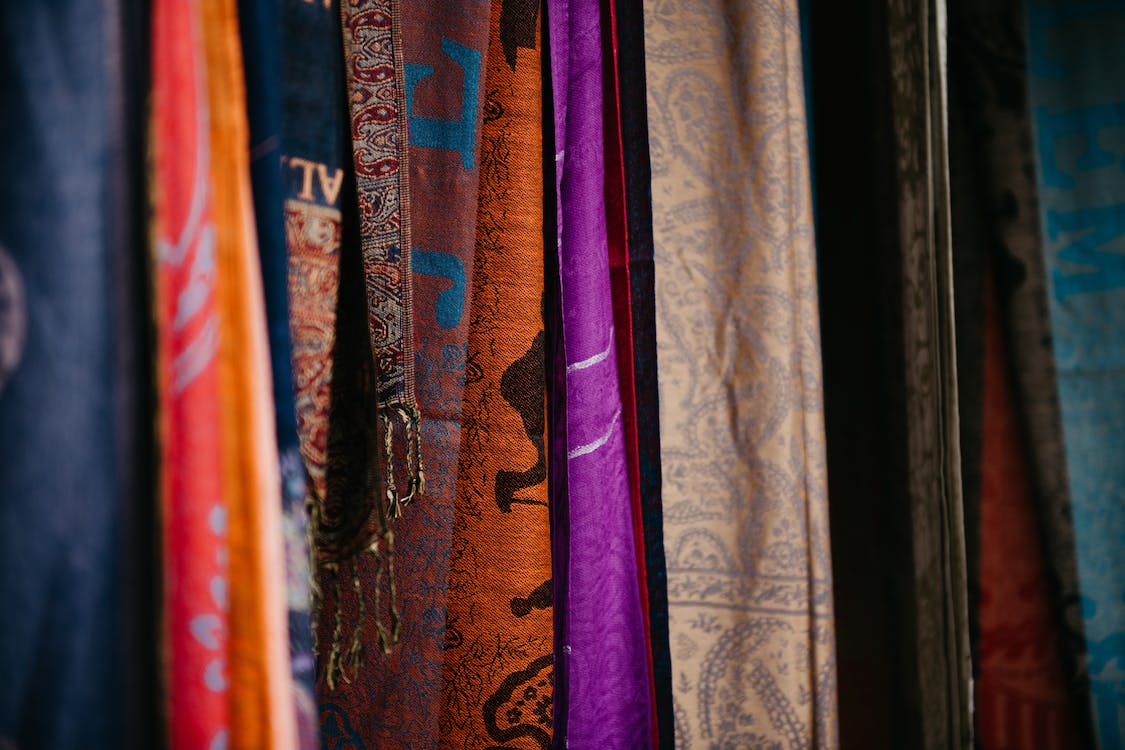
FAQ About Summer Clothing Textures
Summer Clothing Textures
2 years ago | gizem
How does terry cloth fabric fare in hot and humid conditions?
Terry cloth fabric is typically not the best choice for hot and humid conditions due to its construction and moisture-absorbing properties. Here's how terry cloth fares in such conditions:
- Absorbency: Terry cloth is highly absorbent and known for its ability to soak up moisture. While this absorbency can be advantageous in some situations, it may not be ideal for hot and humid weather. In high humidity, the fabric can quickly become saturated with sweat or moisture, resulting in a damp and uncomfortable feeling.
- Retention of Heat: Terry cloth has a looped pile construction, which creates a textured surface with loops on one or both sides of the fabric. While the loops contribute to its softness and absorbency, they can also trap heat close to the body. In hot and humid conditions, this can lead to a lack of breathability and increased discomfort.
- Slow Drying Time: Due to its absorbent nature, terry cloth fabric tends to have a slower drying time compared to lighter and more breathable fabrics. This can prolong the feeling of dampness, which is not ideal for staying cool and comfortable in hot and humid weather.
- Weight and Bulkiness: Terry cloth is typically heavier and bulkier compared to other lightweight summer fabrics. The added weight and thickness can make it less breathable and increase the potential for discomfort in hot and humid conditions.
